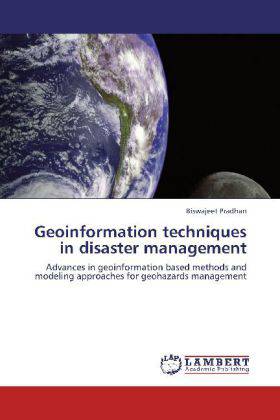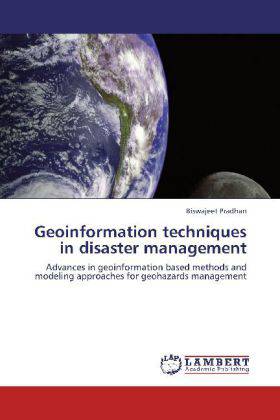
- Afhalen na 1 uur in een winkel met voorraad
- Gratis thuislevering in België vanaf € 30
- Ruim aanbod met 7 miljoen producten
- Afhalen na 1 uur in een winkel met voorraad
- Gratis thuislevering in België vanaf € 30
- Ruim aanbod met 7 miljoen producten
Zoeken
Geoinformation Techniques in Disaster Management
Advances in geoinformation based methods and modeling approaches for geohazards management
Biswajeet Pradhan
Paperback | Engels
€ 77,95
+ 155 punten
Omschrijving
Today, the world is facing severe global warming and uncertain climate changes resulting in frequent natural hazards. Natural hazards carry high economic and social costs to the entire world. For this reason, various nations and the governmental agencies devote much energy to planning and mitigation actions in relation to natural and human-induced disasters. With the advent of Earth-observing sensors in orbit in association with geographic information technology (GIT), Climatologists, Environmentologists and Earth scientists have access to data and technology that can be used to assess climatic changes and dynamics of natural hazards. The impact of natural disasters such as landslides, flooding and forest fires can be lessened through effective hazard management and mitigation. The research publications integrated in this book covers several modelling approaches for various geohazards. They present new methods and approaches which support long term early warning and hazard mitigation strategies.
Specificaties
Betrokkenen
- Auteur(s):
- Uitgeverij:
Inhoud
- Aantal bladzijden:
- 288
- Taal:
- Engels
Eigenschappen
- Productcode (EAN):
- 9783846590539
- Verschijningsdatum:
- 13/12/2011
- Uitvoering:
- Paperback
- Formaat:
- Trade paperback (VS)
- Afmetingen:
- 152 mm x 229 mm
- Gewicht:
- 426 g

Alleen bij Standaard Boekhandel
+ 155 punten op je klantenkaart van Standaard Boekhandel
Beoordelingen
We publiceren alleen reviews die voldoen aan de voorwaarden voor reviews. Bekijk onze voorwaarden voor reviews.











